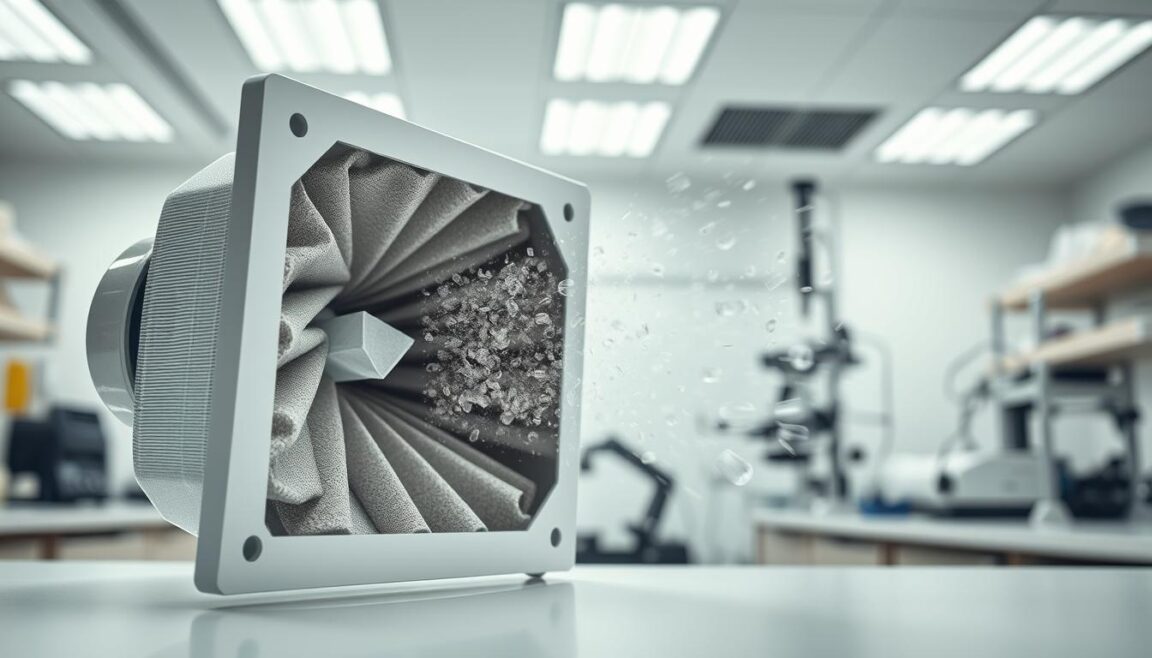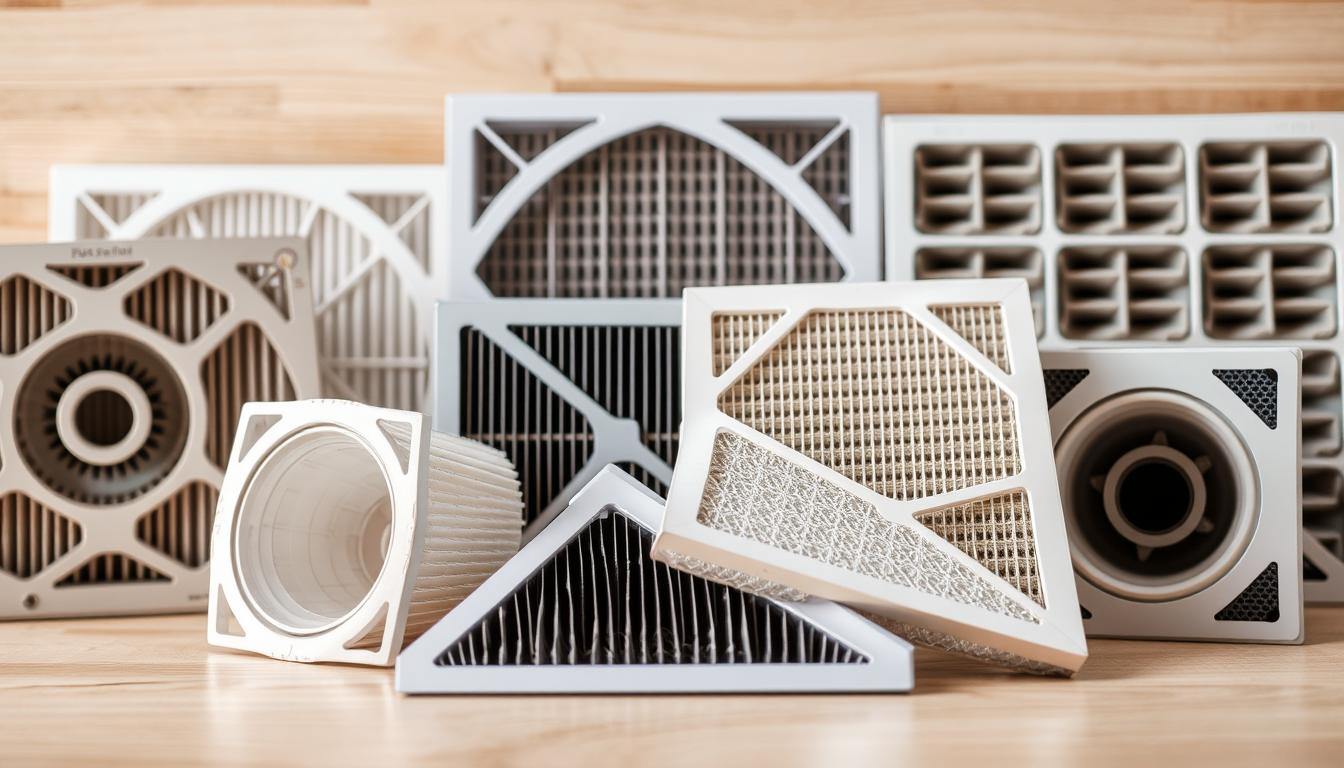Do Vent Filters Work
We often take for granted the air we breathe indoors, but with the rise of air pollution, it’s becoming increasingly important to ensure our indoor air quality is top-notch. One way to achieve this is through the use of vent filters. These filters play a crucial role in purifying the air that circulates through our heating and cooling systems.
By capturing dust, pollen, and other airborne particles, vent filters help maintain a cleaner and healthier indoor environment. As we explore the effectiveness of vent filters, we’ll delve into how they contribute to improved indoor air quality and the overall benefits of using them in our homes and workplaces.
Understanding Vent Filters and Their Purpose
As we explore the world of vent filters, it becomes clear that they are more than just simple barriers against dust and debris. Vent filters are designed to capture airborne particles, improving indoor air quality and contributing to a healthier living environment.
What Are Vent Filters?
Vent filters are devices installed in various ventilation systems to filter out unwanted particles and contaminants from the air. They are crucial for maintaining clean air circulation within homes.
Types of Vent Filters Available
There are several types of vent filters available, each designed for specific applications.
HVAC Return Vent Filters
These filters are used in heating, ventilation, and air conditioning systems to filter the air before it is circulated back into the living spaces.
Register Vent Filters
Register vent filters are placed over the vents to catch dust and debris before they enter the ductwork.
Dryer Vent Filters
Dryer vent filters are designed to capture lint and other particles emitted during the drying process, reducing the risk of fires.
Common Applications in Homes
Vent filters are used in various home applications, including HVAC systems, dryer vents, and bathroom exhaust fans.
| Filter Type | Application | Primary Benefit |
|---|---|---|
| HVAC Return Vent Filters | Heating, Ventilation, and Air Conditioning Systems | Improved Indoor Air Quality |
| Register Vent Filters | Vent Registers | Reduced Dust and Debris in Ductwork |
| Dryer Vent Filters | Dryer Vents | Reduced Risk of Lint Fires |
Do Vent Filters Work? Examining Their Effectiveness
Vent filters are a crucial component in maintaining indoor air quality, but do they really work as intended? To answer this, we need to delve into the scientific evidence supporting their filtration capabilities and the benefits they provide for indoor air quality.
Scientific Evidence on Filtration Capabilities
Studies have shown that vent filters can effectively capture dust, pollen, and other airborne particles, improving the overall air quality in homes. The filtration capabilities of vent filters depend on their MERV (Minimum Efficiency Reporting Value) rating, with higher ratings indicating better filtration.

Benefits for Indoor Air Quality
The benefits of vent filters for indoor air quality are numerous. Some of the key advantages include:
- Dust and allergen reduction
- Odor control
- Reduced risk of airborne diseases
Dust and Allergen Reduction
Vent filters can significantly reduce the amount of dust and allergens in the air, making them an essential component for households with allergy sufferers.
Odor Control
Some vent filters are designed with odor-control features, such as activated carbon, which can help eliminate unpleasant smells and leave the air smelling fresh.
Limitations and Realistic Expectations
While vent filters are effective, they are not a panacea for all indoor air quality issues. It’s essential to have realistic expectations and understand that vent filters work best as part of a comprehensive indoor air quality strategy.
How to Choose and Install the Right Vent Filters
Understanding how to choose and install vent filters is essential for a healthier home environment. With so many options available, it can be overwhelming, but by breaking down the process into manageable steps, we can make informed decisions.
Selecting the Appropriate Filter Type for Your Needs
Choosing the right vent filter starts with understanding the different types available and their capabilities. One crucial factor is the MERV rating, which measures a filter’s ability to capture particles of various sizes.
Understanding MERV Ratings
MERV stands for Minimum Efficiency Reporting Value, and it’s a scale from 1 to 20 that indicates how effectively a filter can capture particles. Higher MERV ratings signify better filtration capabilities.
Considering Your Specific Air Quality Concerns
Your specific air quality concerns, such as allergies or pet dander, will also influence your choice of vent filter. For instance, if you have pets, you may want a filter with a higher MERV rating to capture pet dander more effectively.
Step-by-Step Installation Guide
Once you’ve selected the right filter, the next step is installation. Here’s a simple guide to help you through the process.
Tools and Materials Needed
- A new vent filter that matches your system’s specifications
- A screwdriver (if required by your vent cover)
Installation Process
- Turn off your heating or cooling system to ensure safety.
- Remove the vent cover and take out the old filter.
- Inspect the area for dust and debris, and clean if necessary.
- Insert the new filter, ensuring it fits snugly and is facing the correct direction.
- Replace the vent cover and turn your system back on.
Common Installation Mistakes to Avoid
To ensure optimal performance, it’s crucial to avoid common mistakes such as installing the filter incorrectly or neglecting to turn off the system before starting.
Maintaining Your Vent Filters for Optimal Performance
To get the most out of your vent filters, regular maintenance is crucial. We recommend checking your filters every 30-90 days, depending on usage and manufacturer guidelines. This simple habit ensures that your filters continue to effectively improve indoor air quality.
Proper maintenance involves gently vacuuming or washing reusable filters, and replacing disposable ones. It’s also essential to inspect the filter housing and ducts for dust and debris buildup, cleaning them as needed. By doing so, you’ll maintain optimal performance and extend the lifespan of your vent filters.
By following these simple maintenance tips, you can ensure that your vent filters continue to work efficiently, providing you with cleaner, healthier air. Regular maintenance is key to maintaining optimal performance and getting the most out of your investment in vent filters.






